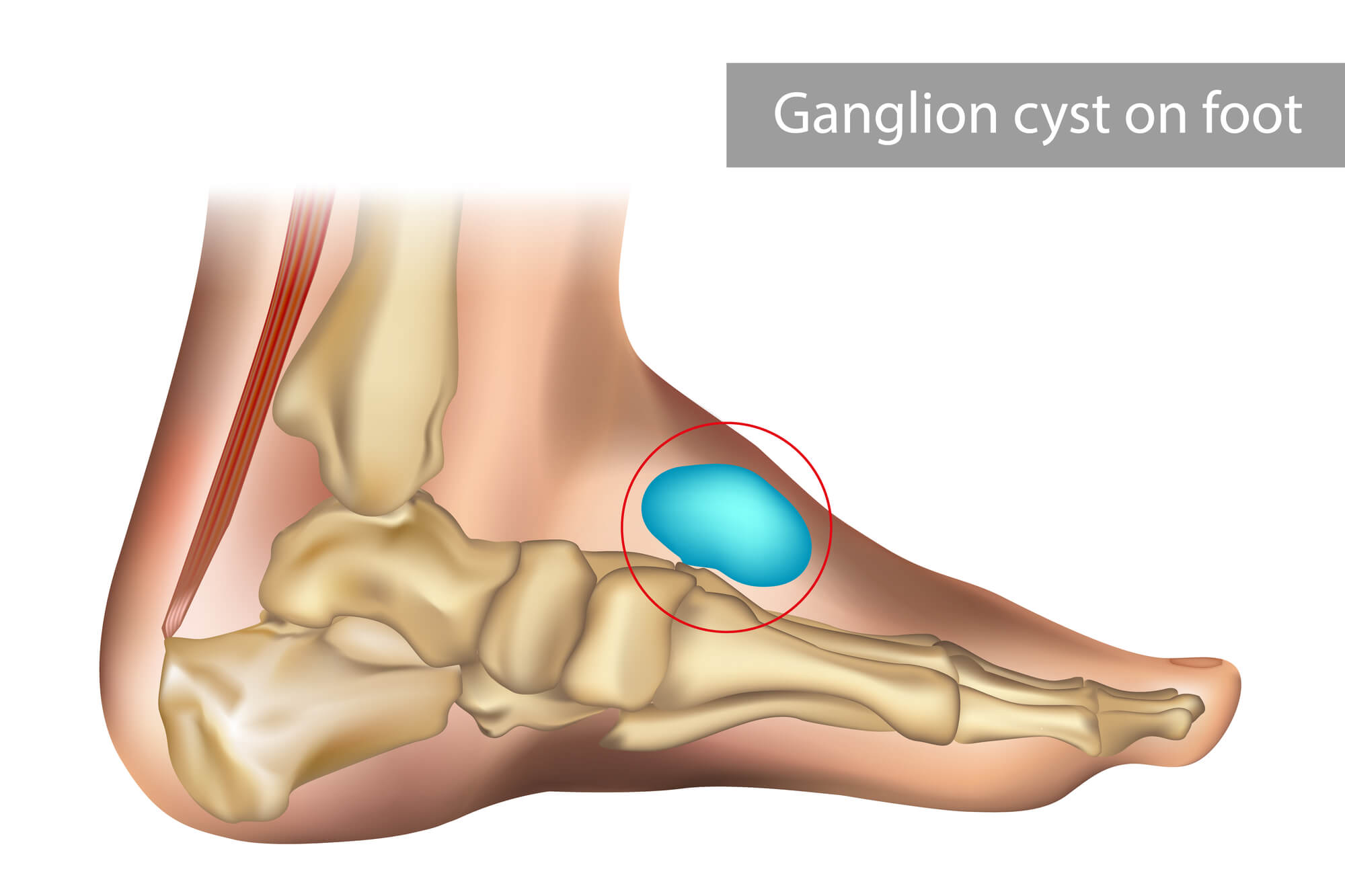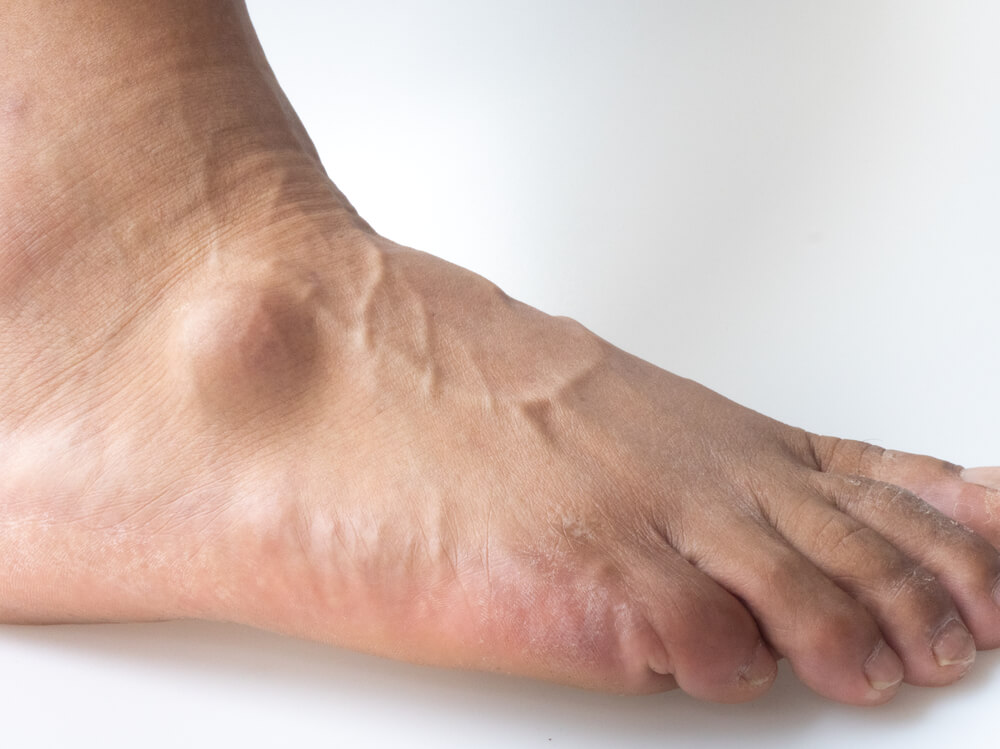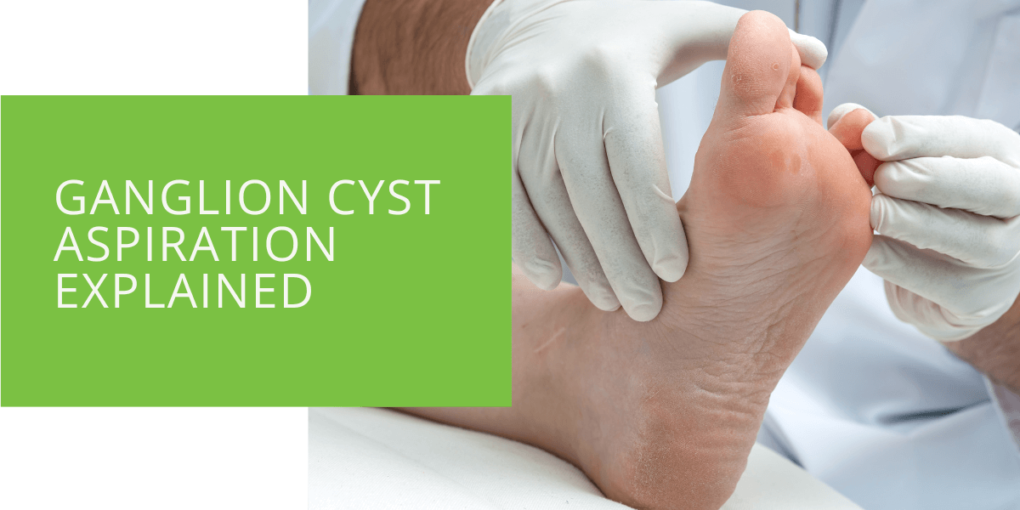Ganglion Cyst Aspiration Explained
Ganglion cysts are common among people of all ages and can occur on various body parts, including the hand and wrist. In most cases, they are harmless and painless, but they can cause discomfort and pain and may limit your range of motion. If you have a ganglion cyst, you might consider ganglion cyst aspiration as a treatment option.
In this article, we will explore ganglion cysts, traditional treatment methods, and how ganglion cyst aspiration can help relieve pain and discomfort. We will cover everything you need about this procedure, including the benefits, risks, and recovery process.
What is a Ganglion Cyst?
A ganglion cyst is a fluid-filled sac that appears as a bump or lump on the skin. The cyst usually appears on the joint or tendon and can be located on the wrist, hand, or foot. The cause of ganglion cysts is unclear, but they are believed to be caused by a leaking of synovial fluid from a joint or tendon sheath.
Traditional Treatment Methods
The traditional treatment methods for ganglion cysts include monitoring and observation, pain management, physical therapy, and rehabilitation. While these methods can help relieve pain and discomfort, they may not always be effective in treating the underlying cause of the cyst.
Introducing Ganglion Cyst Aspiration
Ganglion cyst aspiration is a minimally invasive procedure that involves inserting a needle into the cyst to aspirate or remove the fluid inside. The procedure is performed by a podiatrist, who will use ultrasound or imaging to diagnose the cyst and determine the best course of action.

Preparing for Ganglion Cyst Aspiration
Before the procedure, the podiatrist will evaluate your medical history, perform necessary diagnostic tests and evaluations, and discuss the risks and benefits of the procedure with you. You may also be asked to stop taking certain medications or supplements before the procedure to reduce the risk of bleeding.
The Aspiration Procedure
The podiatrist will use a needle and syringe to aspirate the fluid from the cyst during the procedure. Anesthesia or numbing medication may minimize any pain or discomfort during the procedure. After the aspiration, a bandage will be applied to the injection site, and you will be instructed to care for the site and prevent infection.
Recovery and Follow-Up Care
After the procedure, you may experience numbness, swelling, or discomfort, but this should subside within a few days. You may be instructed to wear a splint or brace to support the affected area and help prevent a recurrence. The recurrence rate of ganglion cysts is low, but in some cases, you may need to undergo additional procedures to remove the cyst completely.

When to Consider Ganglion Cyst Aspiration
If you have a ganglion cyst that is causing you pain or discomfort, you may want to consider ganglion cyst aspiration as a treatment option. The procedure is minimally invasive and can help relieve pain and discomfort with a low risk of complications.
Conclusion
Ganglion cyst aspiration is an effective and minimally invasive treatment option for ganglion cysts. If you are experiencing pain or discomfort caused by a ganglion cyst, it's important to consult with a podiatrist to diagnose and determine the best course of treatment for you. Proper diagnosis and treatment can relieve your pain and discomfort and restore your range of motion. Don't let a ganglion cyst limit your mobility and quality of life. Consult a podiatrist today to learn more about ganglion cyst aspiration and other treatment options.
FAQ
How is a ganglion cyst aspirated?
Ganglion cyst aspiration is a minimally invasive procedure that involves inserting a needle into the cyst to aspirate or remove the fluid inside. A podiatrist typically performs the procedure, using ultrasound or imaging, to diagnose the cyst and determine the best course of action.
Should you aspirate a ganglion cyst?
If you are experiencing pain or discomfort caused by a ganglion cyst, you may want to consider ganglion cyst aspiration as a treatment option. The minimally invasive procedure can help relieve pain and discomfort with a low risk of complications. However, it's important to consult with a podiatrist to determine if aspiration is the best action for your specific case.
What is the fluid in a ganglion cyst?
The fluid in a ganglion cyst is called synovial fluid, the lubricating fluid found in joints and tendons. When the fluid leaks from a joint or tendon sheath, it can accumulate and form a cyst.
Where does the fluid go when a ganglion cyst ruptures?
If a ganglion cyst ruptures, the body will reabsorb the synovial fluid inside over time. However, seeking medical attention is important if you experience sudden pain or other symptoms, as a ruptured cyst may require treatment to prevent complications.
Where does the fluid in a ganglion cyst come from?
The fluid in a ganglion cyst comes from a joint or tendon sheath, acting as a lubricant to reduce friction and allow for smooth movement. When the synovial fluid leaks from the joint or tendon sheath, it can accumulate and form a cyst. The cause of this leakage is not fully understood, but it may be related to joint or tendon injuries or repetitive stress on the affected area.

